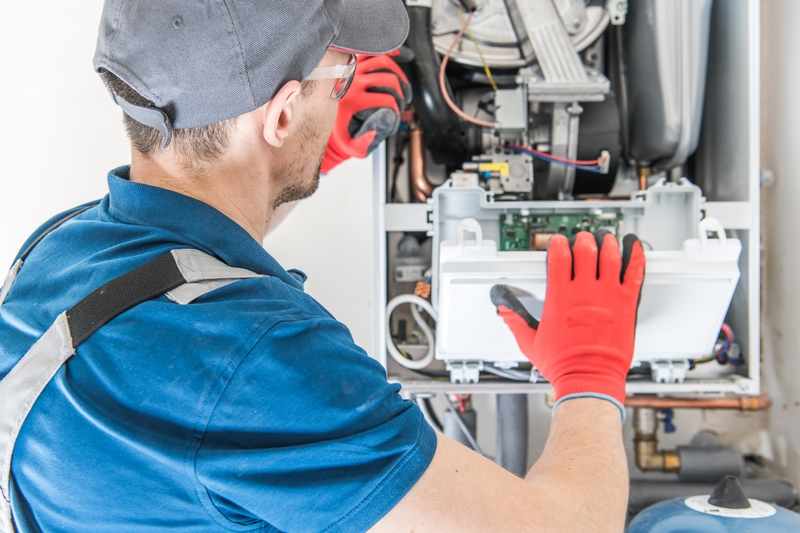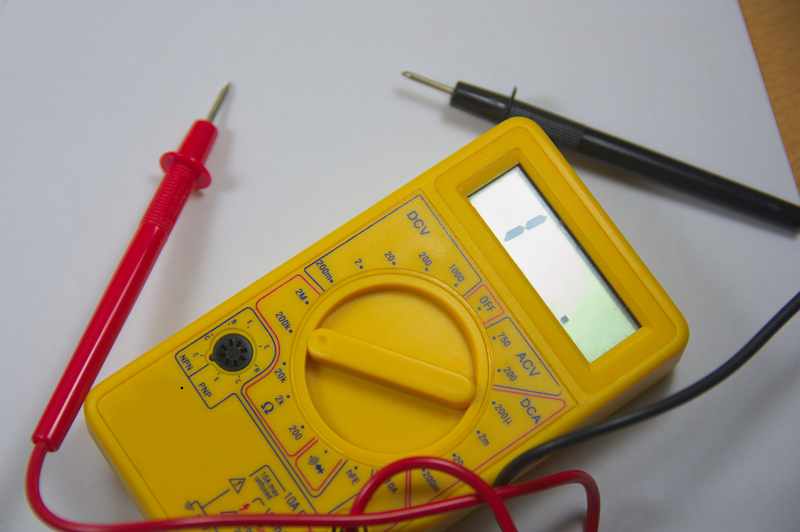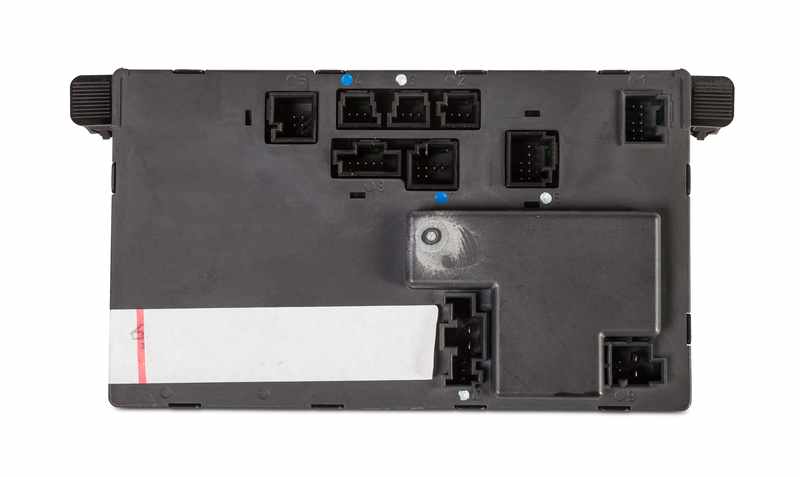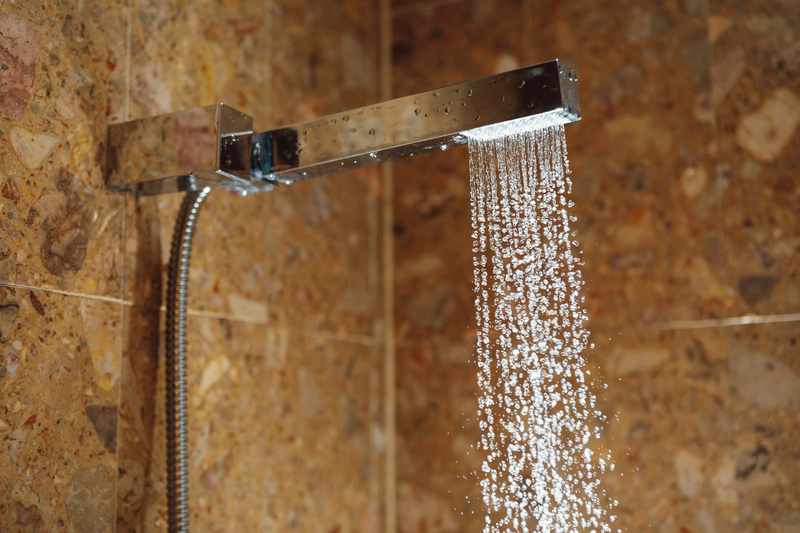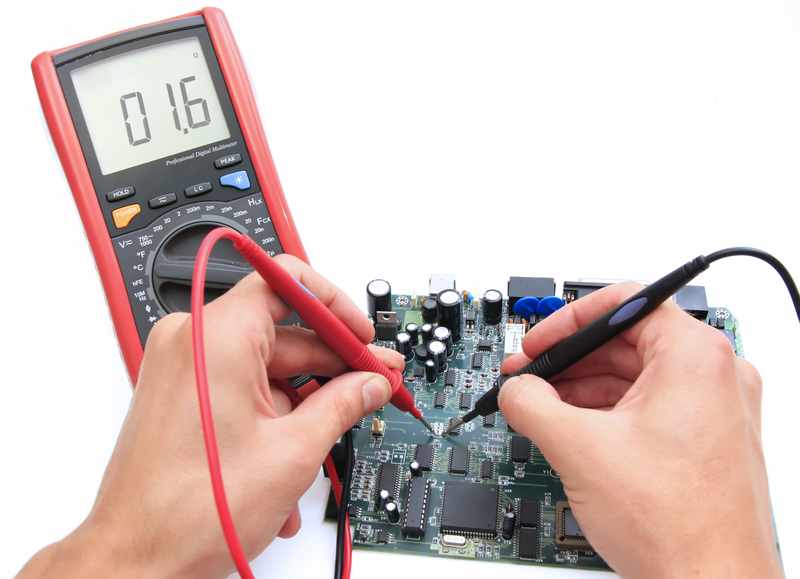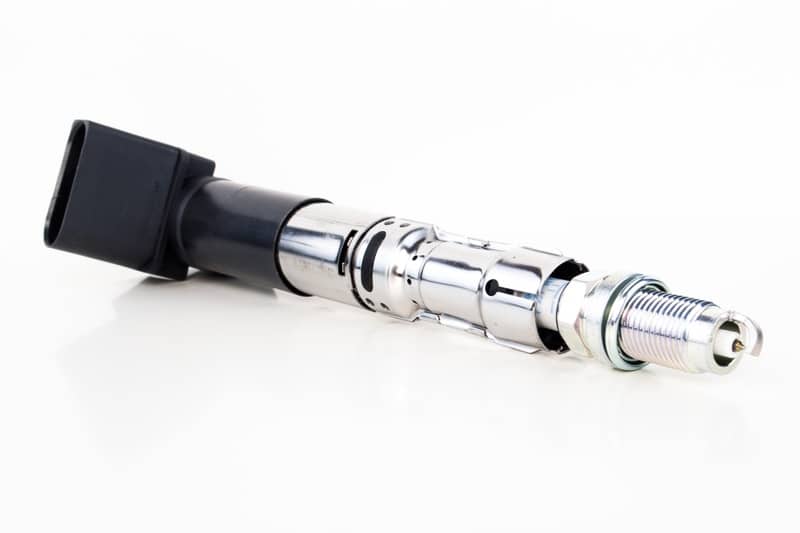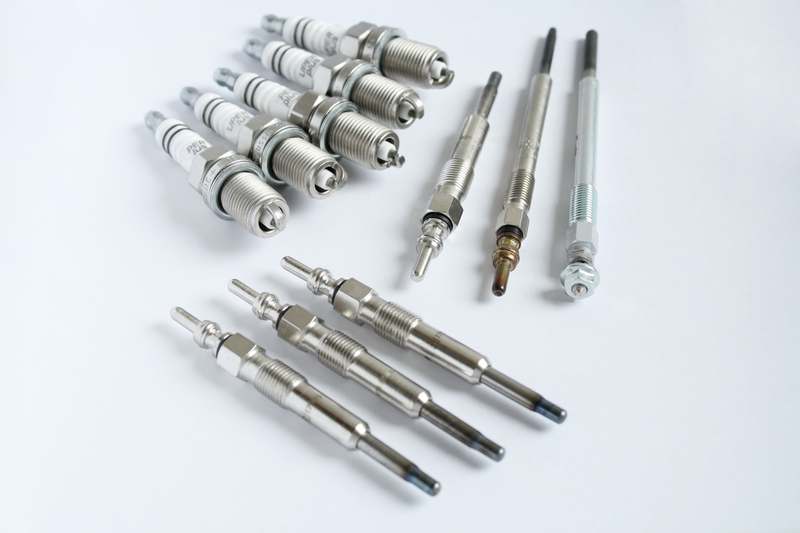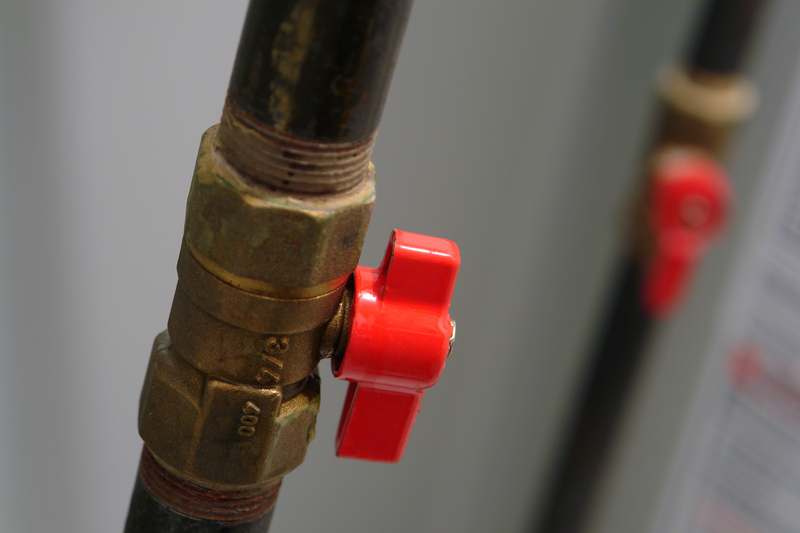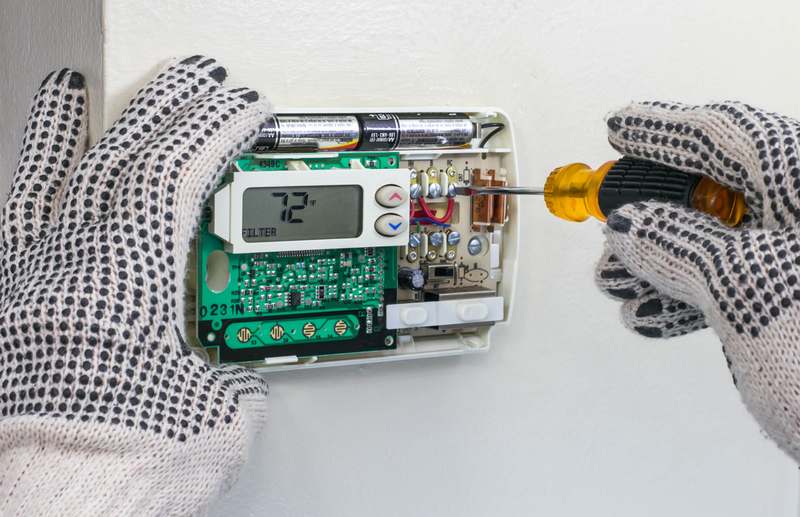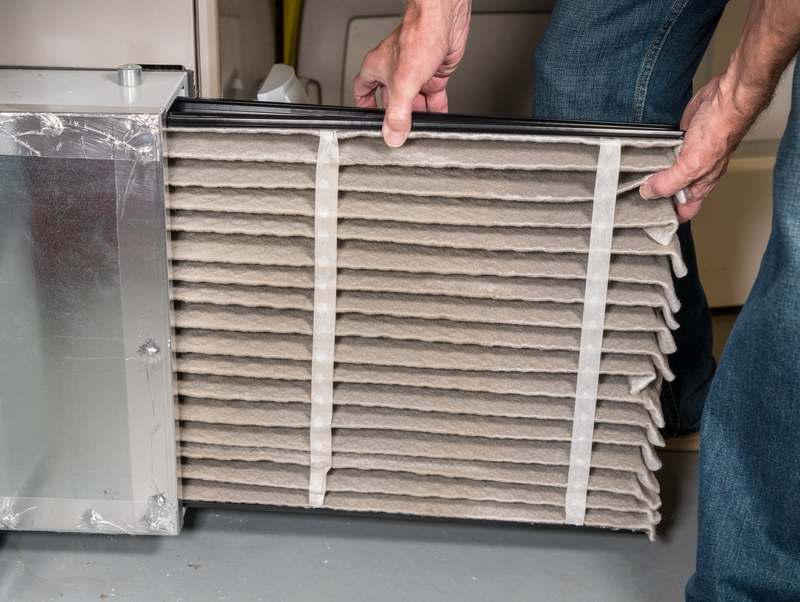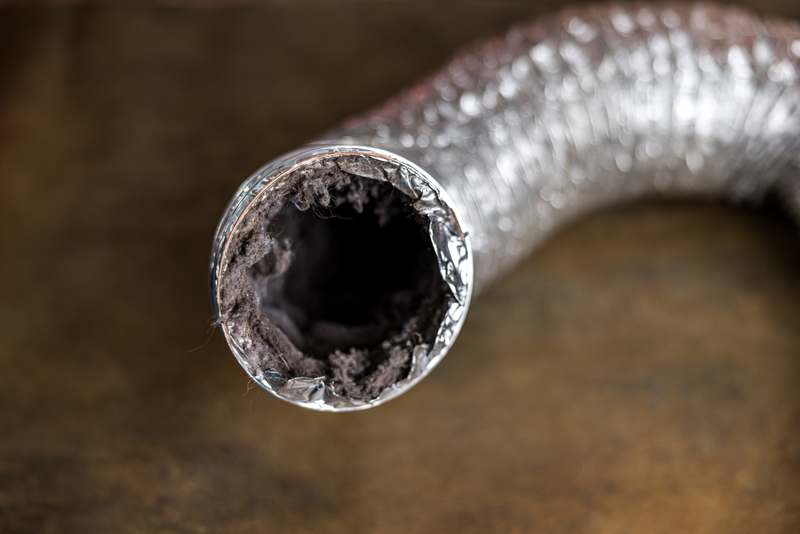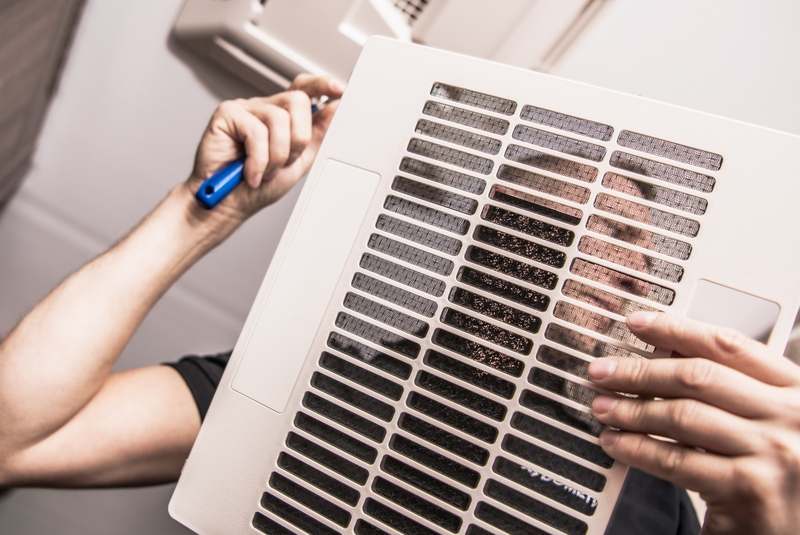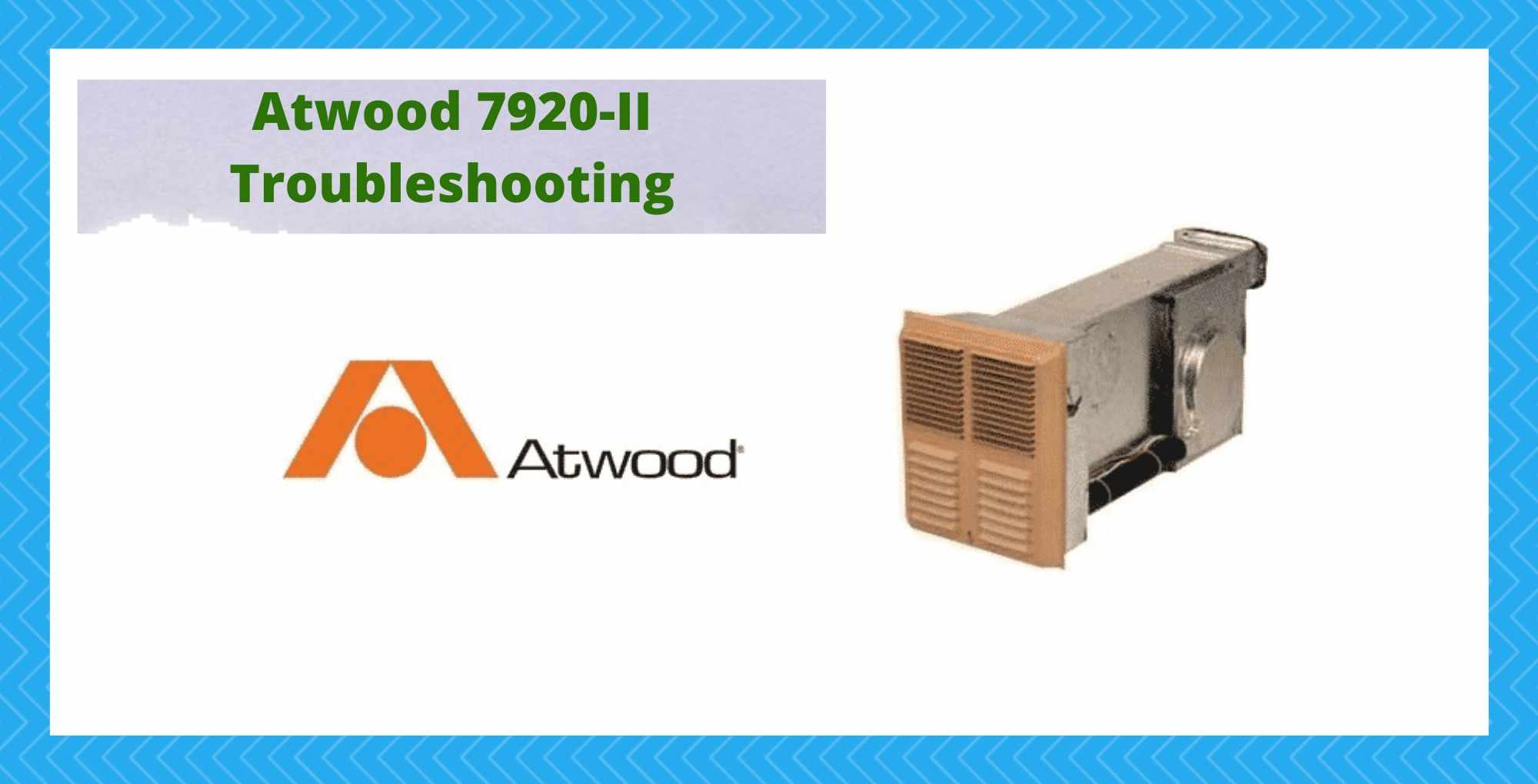
Introduction
Atwood 7920-II is a leader in the recreational vehicle (RV) market. It is a product of extreme luxury among RV enthusiasts, which is designed to provide warmth and comfort during cold weather conditions.
However, like any mechanical device, the Atwood 7920-II can encounter a number of technical issues. Common problems with this furnace can include issues with lighting, improper operation, and faulty components .
To address these problems and keep the Atwood 7920-II furnace functioning properly, it is important to understand the causes and to follow a systematic troubleshooting approach. In this article, we will provide an overview of common Atwood 7920-II problems and steps to help you diagnose and resolve the issue quickly and effectively.
Atwood 7920-II Troubleshooting
1. Lack of Heat
If you are experiencing no hot water from your Atwood 7920-II RV furnace, then you will most likely feel like the entire appliance has broken down. However, there is most likely a failure of one of the many internal components. Before you go shopping for a new furnace, there are a few troubleshooting steps you can try:
Check the Gas Pilot
Ensure that the gas pilot is lit. If the pilot light is out, follow the manufacturer’s instructions for relighting it. The pilot light is a confirmation that there is a gas supply and that the furnace is operating properly, ready to be ignited, and heated up in the home or RV it is in.
Test the Thermostat
Use a multimeter to test the thermostat for continuity. If the thermostat is not working, it will need to be replaced. Often this job is best left to an experienced technician.
Inspect the Gas Valve
Check that the gas valve is in the open position. If it is closed, turn it to the open position. If the valve is not working, it will need to be replaced.
Check the Heating Element
Use a multimeter to test the heating element for continuity. If the heating element is not working, it will need to be replaced.
Check the Ignition Module
If the gas pilot is lit, but the heating element is not working, the ignition module may be the problem. You can test the ignition module with a multimeter and replace it if necessary.
Examine the Burner Assembly
Make sure that the burner assembly is clean and free of debris. Clean it if necessary.
Check the Spark Plug
Ensure that the spark plug is sparking. This is a key component of a functioning furnace. It is the ignition spark that ignites the entire system. If it is not functioning, then try replacing it is the best option. Although some customers have suggested cleaning, it can be a simple short-term fix.
2. Inconsistent Temperature
Experiencing inconsistent hot water temperature from your Atwood 7920-II RV Furnace is a reasonably frustrating experience for owners. It may appear as if there is an electrical or connection issue due to its partial functionality.
However, often the source of the issue is a malfunctioning internal component. Here are some of the key steps to test the appliance for issues of this nature:
Test the Thermostat
Use a multimeter to test the thermostat for continuity. If the thermostat is not working, it will need to be replaced.
Review the Heating Element
Use a multimeter to test the heating element for continuity. If the heating element is not working, it will need to be replaced.
Inspect the Burner
Make sure that the burner assembly is clean and free of contaminants. Clean it if necessary.
Adjust the Temperature Setting
If the water temperature is too low or too high, adjust the temperature setting on the thermostat.
Check the Ignition
If the heating element is not working, the ignition module may be the problem. You can test the ignition module with a multimeter and replace it if necessary.
Ensure Proper Ventilation
Make sure that the furnace is properly vented and that there is enough airflow to the unit.
Check the Pressure Relief Valve
Ensure that the pressure relief valve is functioning properly. If it is not, replace it.
3. Ignition Problems
Every owner expects their Furnace to work trouble-free. One of the most irritating problems is typically the ignition system failing to ignite the heater effectively. There are a number of potential causes of this problem. Therefore, there are several key troubleshooting methods to employ before professionals are called:
Check the Gas Pilot
If the pilot light is out, follow the manufacturer’s instructions for relighting it. An unlit pilot light can often be the result of several malfunctions. However, there are, of course, some more simple explanations for it unintentionally going out. Often, relighting it will resolve the ignition issues instantly.
Inspect the Gas Valve
It almost goes without saying that one should have already ensured that there is ample gas available to power the furnace. Assuming there is enough fuel, check that the gas valve is in the open position. If it is closed, turn it to the open position. If the valve is not working, it will need to be replaced.
Inspect the Starter Flame
If the gas pilot is lit, but the heating element is not working, the ignition module may be the problem. You can test the ignition module for electrical continuity, which may cause sloppy functionality or none at all.
Ensure Proper Ventilation
Make sure that the furnace is properly vented and that there is enough airflow to the unit.
Check the Thermostat
Use a multimeter to test the thermostat for continuity. If the thermostat is not working, it will need to be replaced.
Test the Heating Element
Use a multimeter to test the heating element for continuity. If the heating element is not working, it will need to be replaced.
4. The furnace is On But Not Hot Air.
A furnace heat-blowing failure is a common issue faced by homeowners using a forced air heating system. This occurs when the furnace is unable to circulate warm air throughout the house effectively. This can be caused by a number of factors, including a clogged air filter, a malfunctioning fan motor, or a blocked duct system.
The first step in addressing a heat-blowing failure is to inspect the air filter. If the filter is dirty, it will restrict airflow and reduce the efficiency of the furnace. Clean or replace the air filter as necessary.
If the air filter is clean and the problem persists, the fan motor may be to blame. A faulty fan motor can cause the furnace to blow cold air instead of warm air. If this is the case, you will need to call a professional HVAC technician to repair or replace the motor.
Another potential cause of heat-blowing failure is a blocked duct system. Over time, dust, dirt, and debris can accumulate in the ducts, reducing airflow and making it difficult for the furnace to circulate warm air. Professional duct cleaning can help to alleviate this issue.
In some cases, a heat-blowing failure may be the result of a malfunctioning furnace. If you have tried cleaning the air filter and checking the fan motor, and the problem persists, it may be time to call a professional HVAC technician to diagnose and repair the issue.
It is important to address a heat-blowing failure promptly, as it can cause your furnace to work harder and consume more energy, leading to higher energy bills and potential damage to the furnace. To ensure that your furnace is functioning properly, it is recommended to schedule regular maintenance with a professional HVAC technician.
Conclusion
Common problems with the Atwood 7920-II furnace can range from simple lighting issues to more complex component failures.
By following a systematic troubleshooting approach, RV owners can quickly diagnose and resolve these problems, ensuring that their furnace continues to provide reliable warmth and comfort during their travels.
Regular maintenance, such as cleaning the furnace and checking for wear and tear, can also help prevent problems from occurring in the first place.
If you are unable to resolve the issue on your own, it is best to seek assistance from a professional RV technician who has experience with the Atwood 7920-II furnace. By taking these steps, RV owners can keep their furnaces functioning properly and enjoy a warm and comfortable experience on the road.

